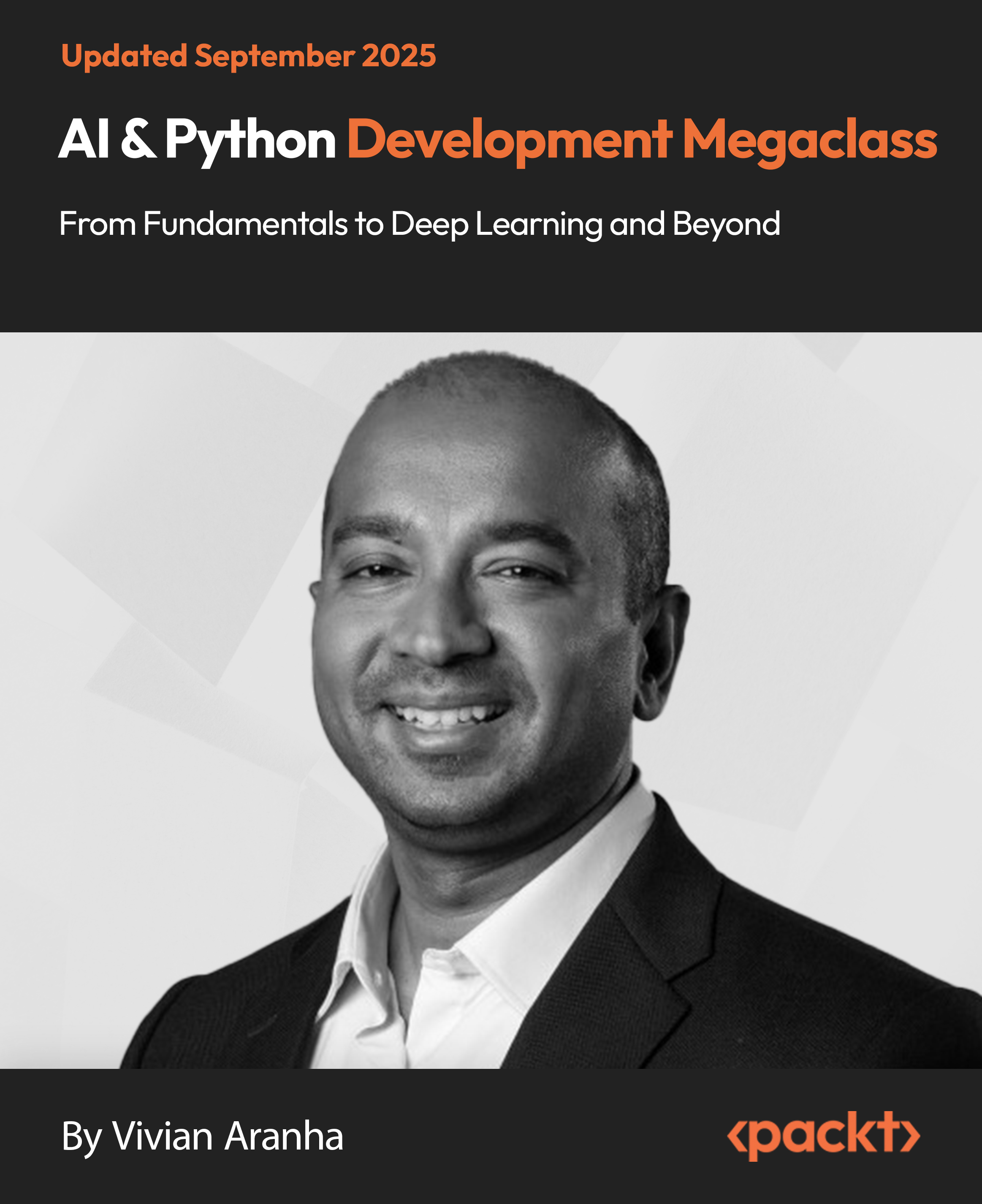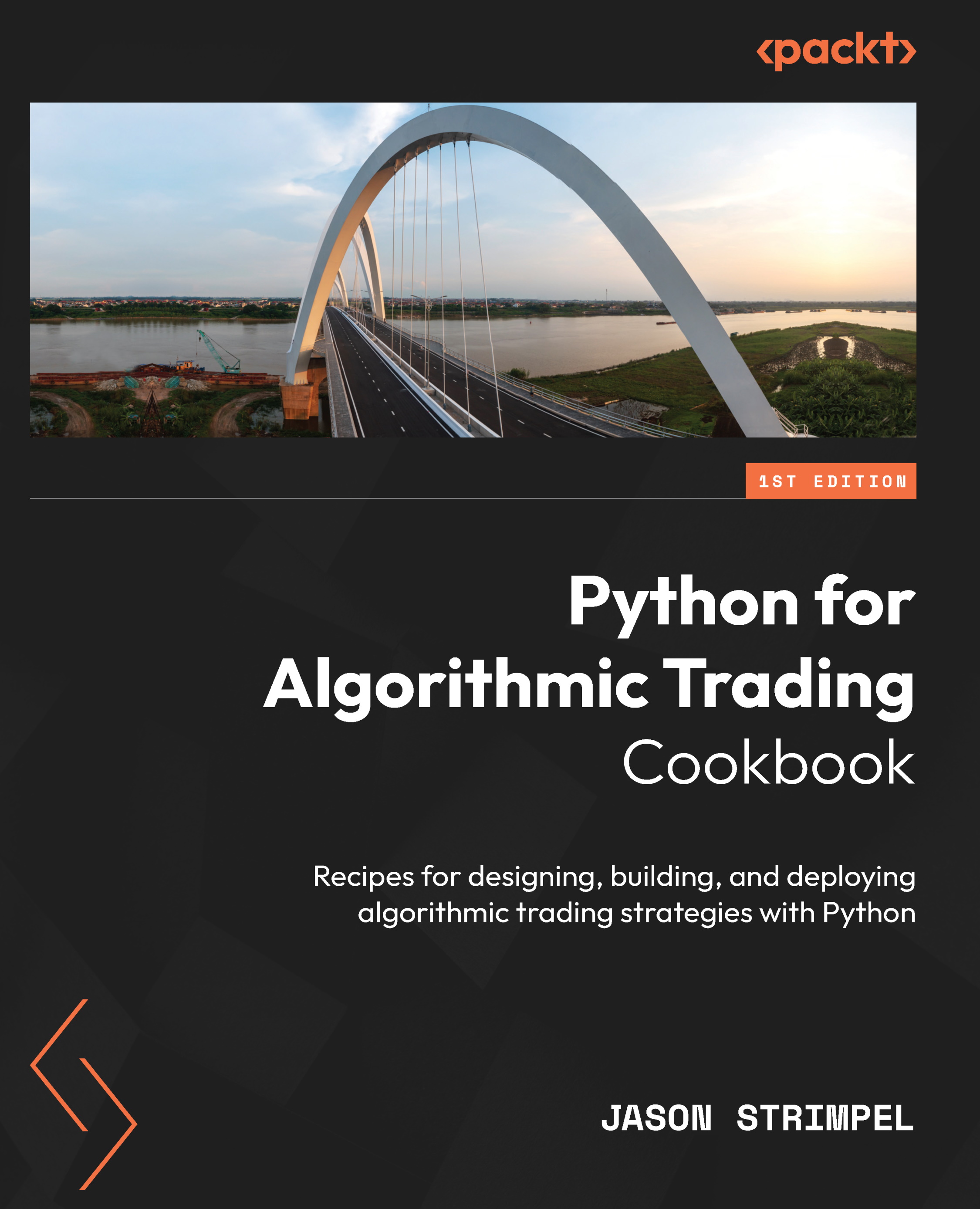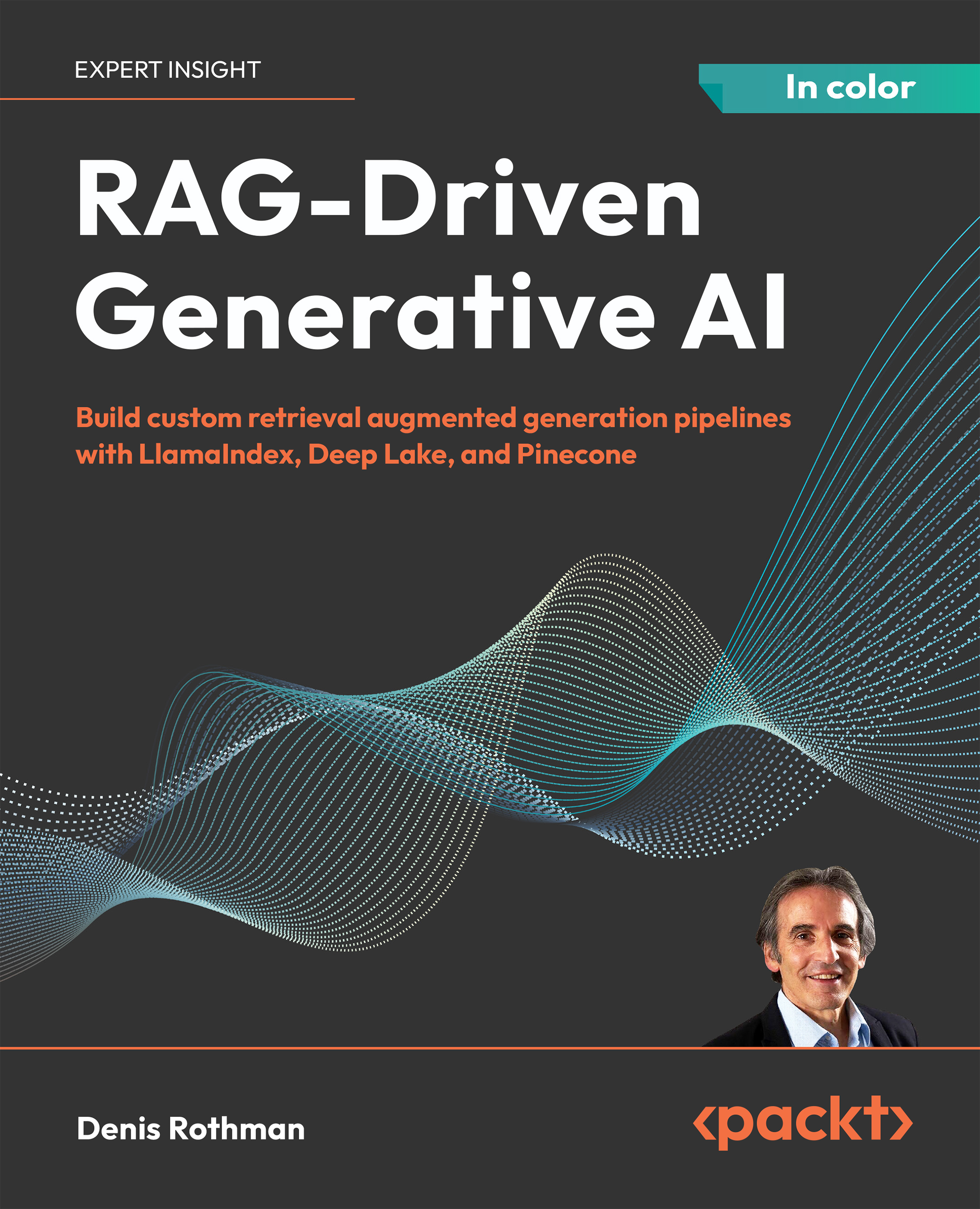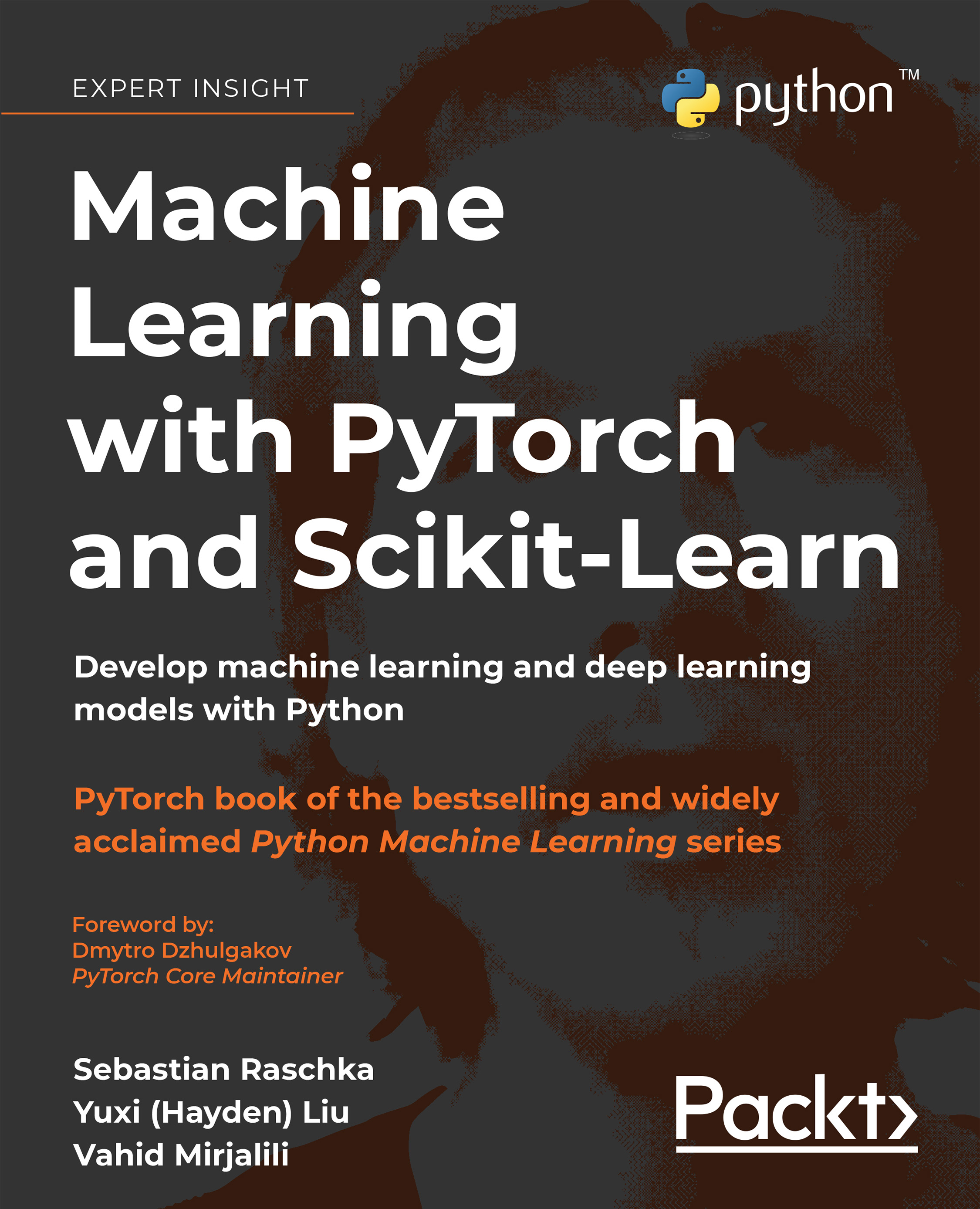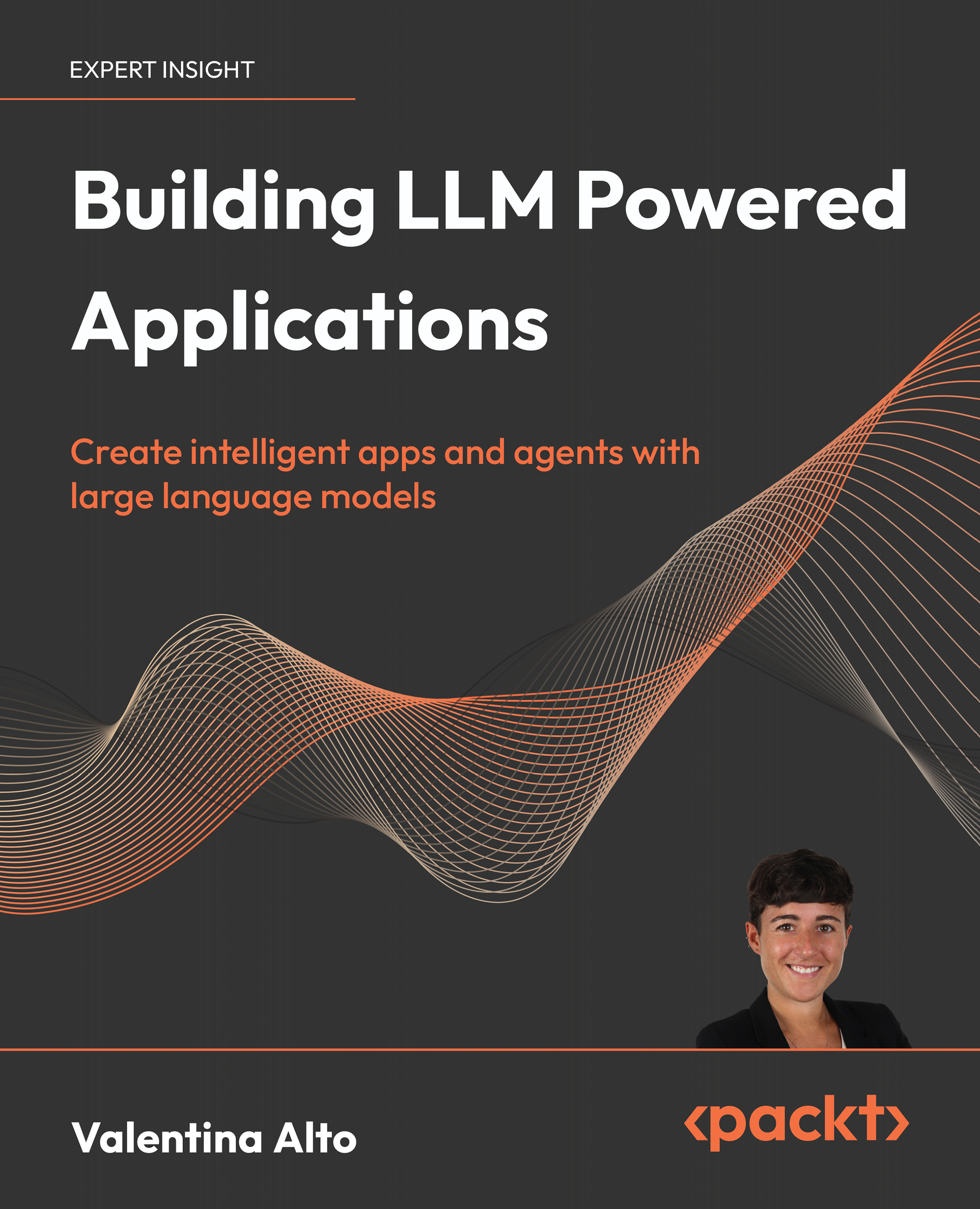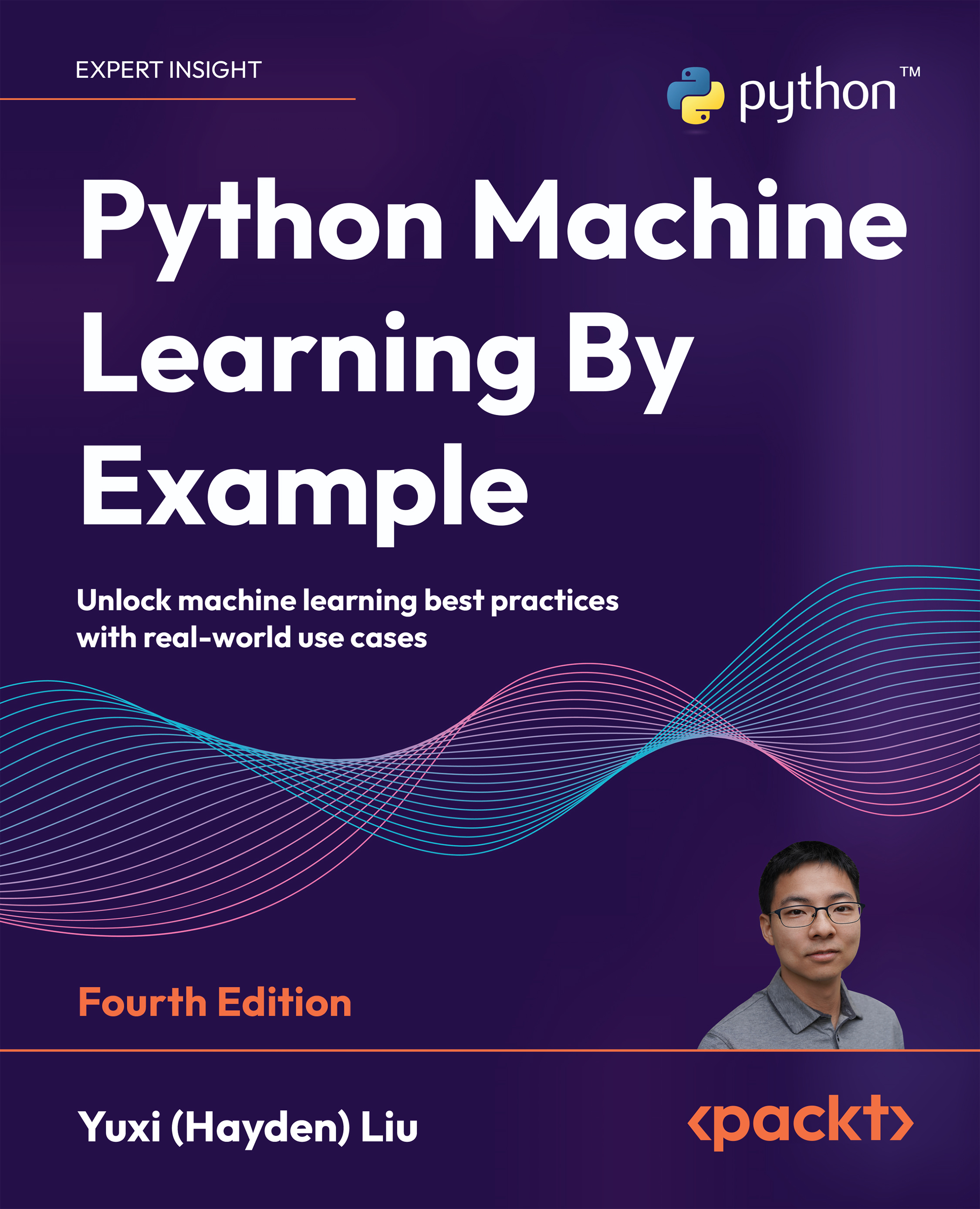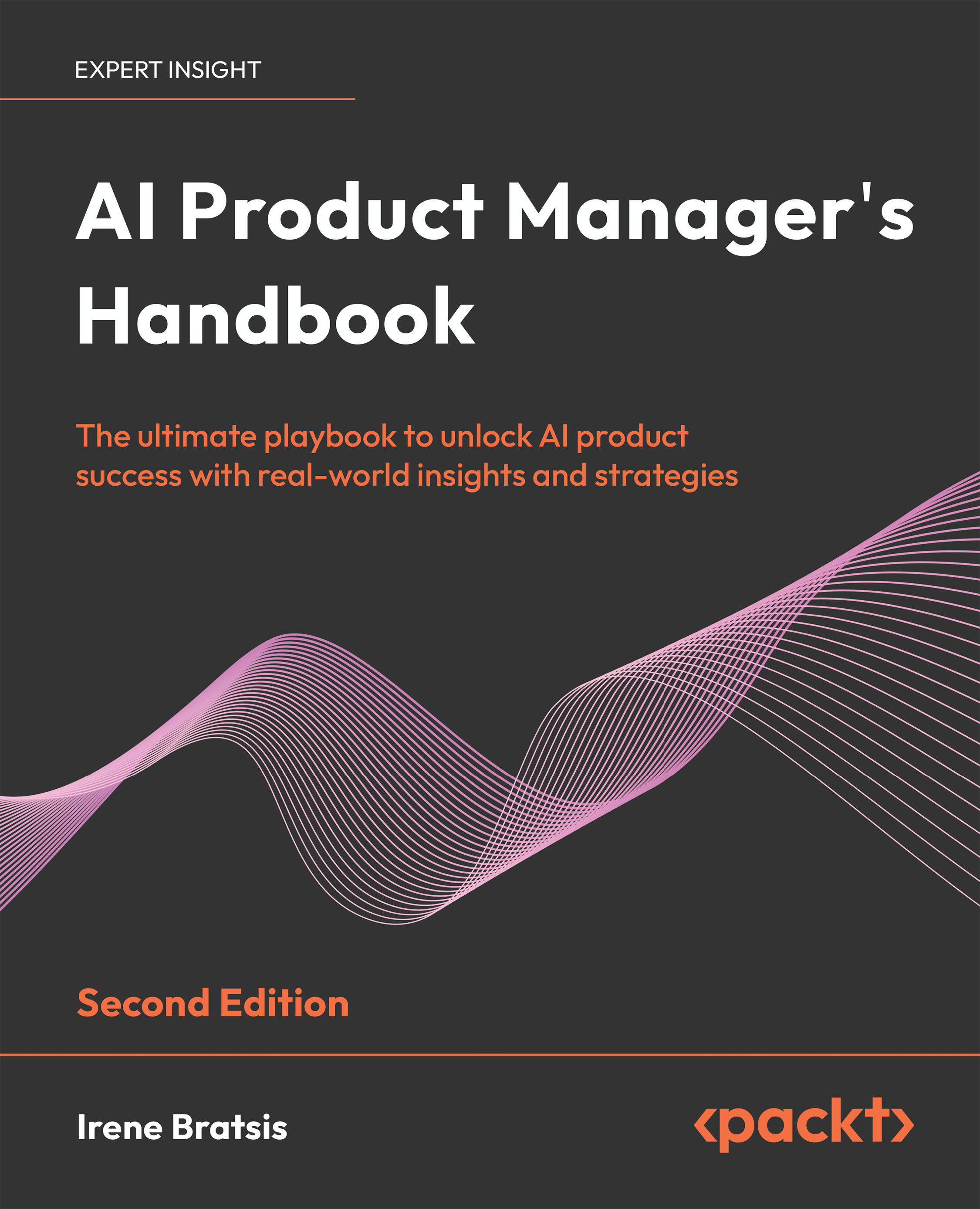-
Build strong foundations with Python basics, data structures, file handling, and clean coding practices
-
Apply data science techniques using NumPy, Pandas, and visualization libraries for analysis
-
Implement deep learning architectures including CNNs, RNNs, LSTMs, Transformers, and GANs
This course begins with Python programming essentials, including control flow, functions, data structures, and file handling. You’ll then explore core data science tools such as NumPy for numerical computing, Pandas for data manipulation, and Matplotlib/Seaborn for data visualization. Mathematics foundations—linear algebra, calculus, probability, and statistics—are introduced to support AI learning. Each week ends with mini-projects to apply concepts.
As you progress, you’ll dive into machine learning techniques, covering regression, classification, ensemble methods, feature engineering, and hyperparameter tuning. Advanced algorithms such as Random Forests, XGBoost, LightGBM, and CatBoost are explored. Deep learning modules guide you through building neural networks, CNNs for image recognition, RNNs and LSTMs for sequence tasks, and Transformers for NLP applications.
The final stages emphasize hands-on projects and real-world deployment. You’ll apply skills in computer vision, NLP, reinforcement learning, and time series forecasting. GANs expand your understanding of generative modeling, while AI in production introduces Docker, CI/CD, and cloud scaling. The course concludes with modules on AI ethics, safety, and governance, ensuring responsible and practical AI expertise.
This course is designed for aspiring AI developers, data scientists, and software engineers who want an end-to-end pathway in AI with Python. It suits learners seeking to strengthen programming, mathematics, and data science foundations before diving into machine learning and deep learning. Professionals aiming to build expertise in NLP, computer vision, or reinforcement learning will benefit. Beginners with basic programming knowledge can start confidently. Experienced practitioners can deepen skills in advanced AI techniques and deployment practices.
-
Write Pythonic code and manage data using NumPy, Pandas, and Matplotlib
-
Design supervised, unsupervised, and ensemble machine learning algorithms
-
Construct deep learning models with TensorFlow, Keras, and PyTorch
-
Apply CNNs, RNNs, LSTMs, and Transformers to NLP and computer vision tasks
-
Generate data and solutions using GANs and reinforcement learning frameworks
-
Deploy secure, scalable AI systems in production while addressing ethics and governance
 United States
United States
 Great Britain
Great Britain
 India
India
 Germany
Germany
 France
France
 Canada
Canada
 Russia
Russia
 Spain
Spain
 Brazil
Brazil
 Australia
Australia
 Singapore
Singapore
 Canary Islands
Canary Islands
 Hungary
Hungary
 Ukraine
Ukraine
 Luxembourg
Luxembourg
 Estonia
Estonia
 Lithuania
Lithuania
 South Korea
South Korea
 Turkey
Turkey
 Switzerland
Switzerland
 Colombia
Colombia
 Taiwan
Taiwan
 Chile
Chile
 Norway
Norway
 Ecuador
Ecuador
 Indonesia
Indonesia
 New Zealand
New Zealand
 Cyprus
Cyprus
 Denmark
Denmark
 Finland
Finland
 Poland
Poland
 Malta
Malta
 Czechia
Czechia
 Austria
Austria
 Sweden
Sweden
 Italy
Italy
 Egypt
Egypt
 Belgium
Belgium
 Portugal
Portugal
 Slovenia
Slovenia
 Ireland
Ireland
 Romania
Romania
 Greece
Greece
 Argentina
Argentina
 Netherlands
Netherlands
 Bulgaria
Bulgaria
 Latvia
Latvia
 South Africa
South Africa
 Malaysia
Malaysia
 Japan
Japan
 Slovakia
Slovakia
 Philippines
Philippines
 Mexico
Mexico
 Thailand
Thailand
